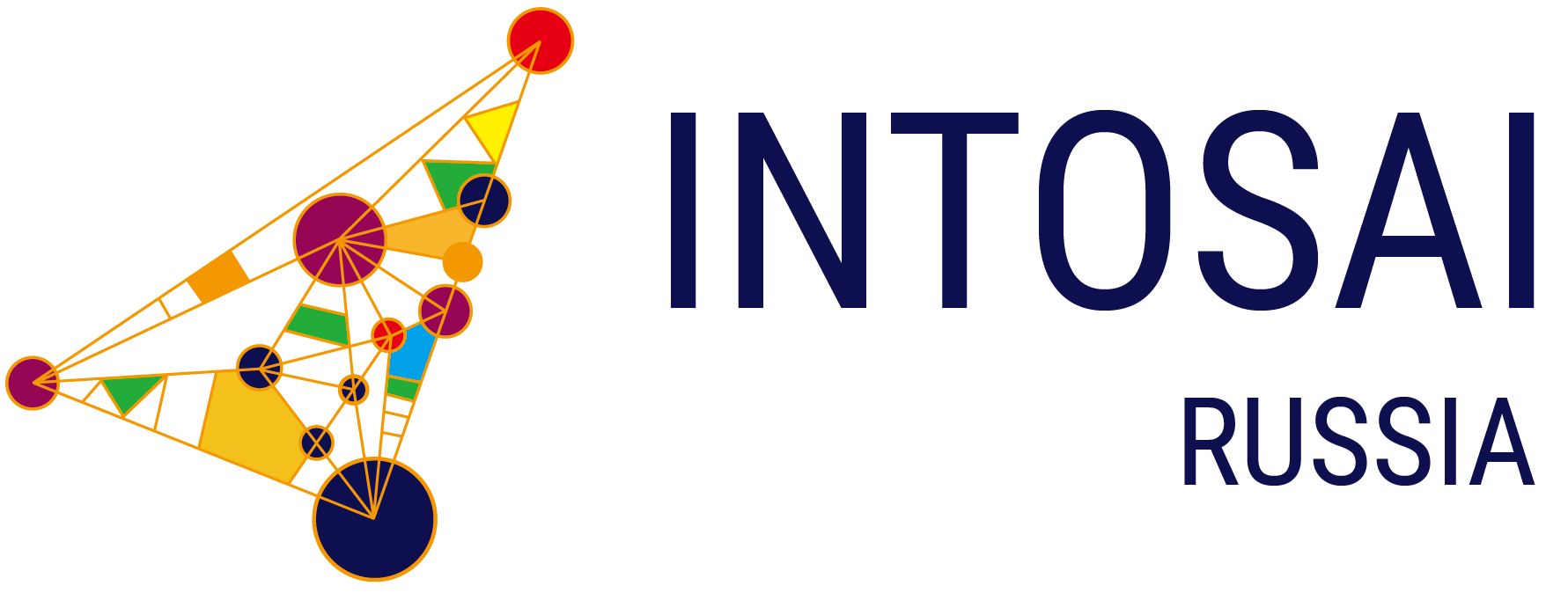
Using AI in Economic Development: Challenges and Opportunities
Public spending on supporting socio-economic development is increasing – OECD countries are allocating 3.9% of GDP to stimulate the economy.
The long-term consequences of the COVID-19 pandemic, the slowdown in global production and tightening financial conditions are limiting budget opportunities.
New types of data and innovative ways of processing them can become a new driver of development, according to a new study by McKinsey. The economic effect of the introduction of artificial intelligence technology ranges from $2.6 to $4.4 trillion annually.
Experts have identified five areas in which the use of AI will be most promising.
- Global value chains. By analyzing markets in real time, AI allows you to identify economic trends and discover opportunities to participate in international production.
- Attracting investment and supporting trade. AI will help select companies that can stimulate local economic development, evaluate the results of investments and determine the necessary budget to stimulate investment activity.
- Labor market. Social services can use AI to identify important long-term changes in the labour market, identify areas of labour shortage and ensure a smooth transition.
- Economic forecasting: AI technologies are effective in detecting early signs of shocks, allowing decision makers to make policy adjustments more quickly.
- Improving public service delivery using geographic information systems and spatial data.



